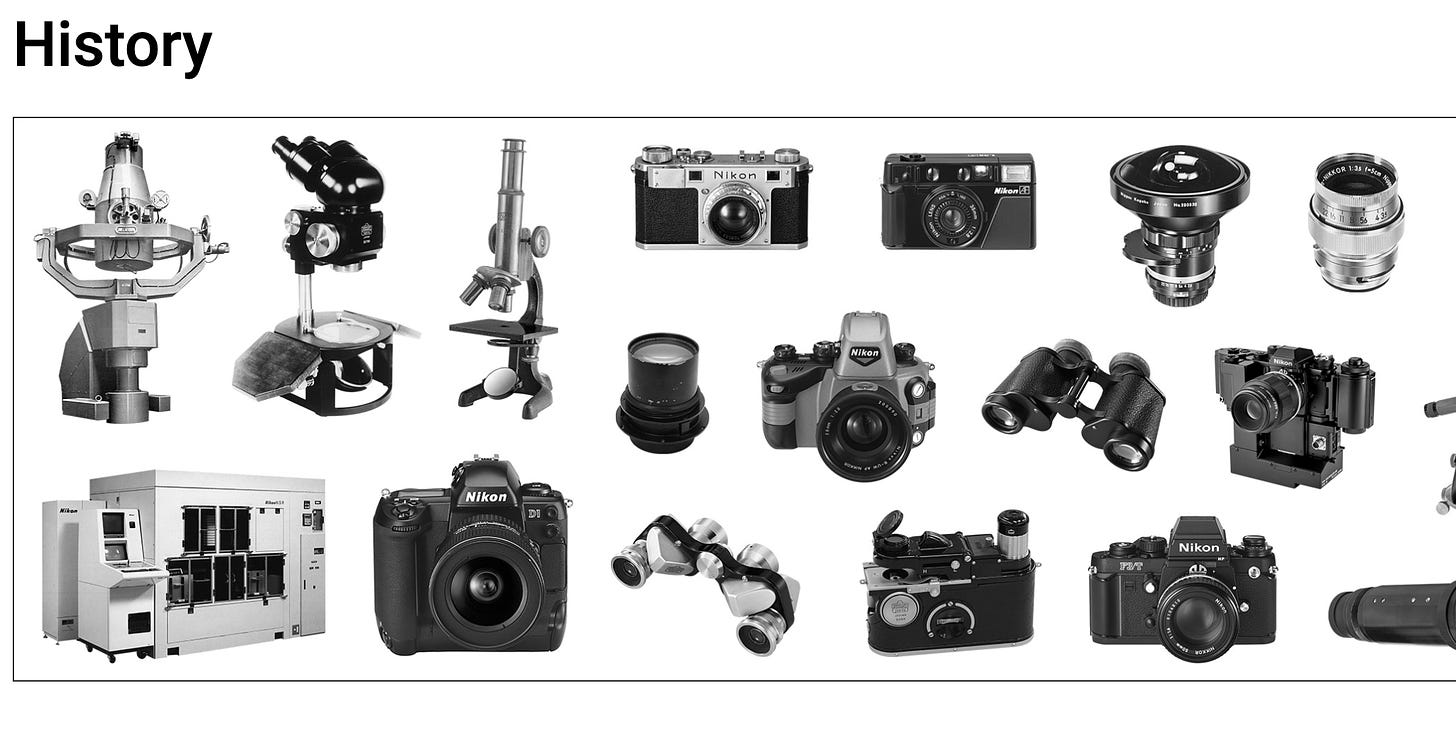I bought a new camera lens and I am pretty excited about it. It is old, maybe 60 years old. Photo at the bottom of this story. It is a Japanese Nikkor lens made by the Nippon Kogaku company. They eventually became the Nikon Camera Company.
A quote from their website.
"Opening up new possibilities for opto-electronics and precision technologies…Over the course of its long history, Nikon has pioneered the frontiers of vision in a varietyof fields, not confined only to the visual sense."
When I get a new piece of camera equipment I get pretty excited. I need to shoot something right away and on this day haircuts were scheduled, hence the before and after photos of my daughters. As I snapped away and practiced working the manual focus my youngest daughter Kashmia, commented that it is easy to know when I have purchased some new gear. Apparently, my excitement is not hidden very well.


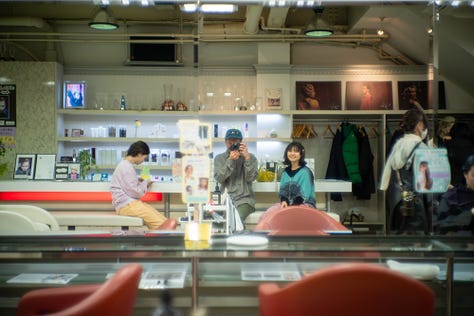
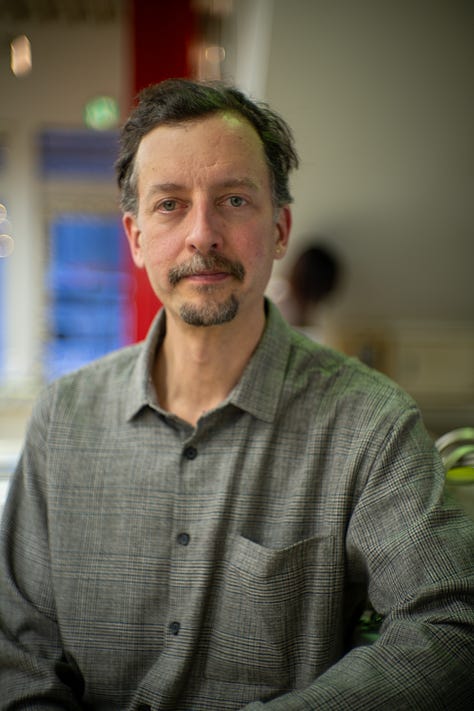

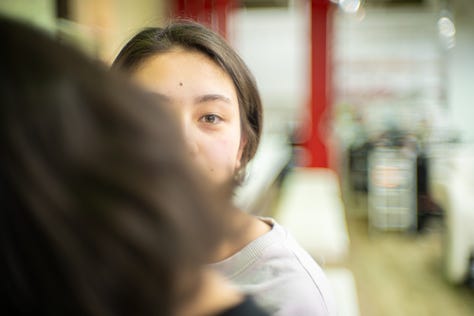


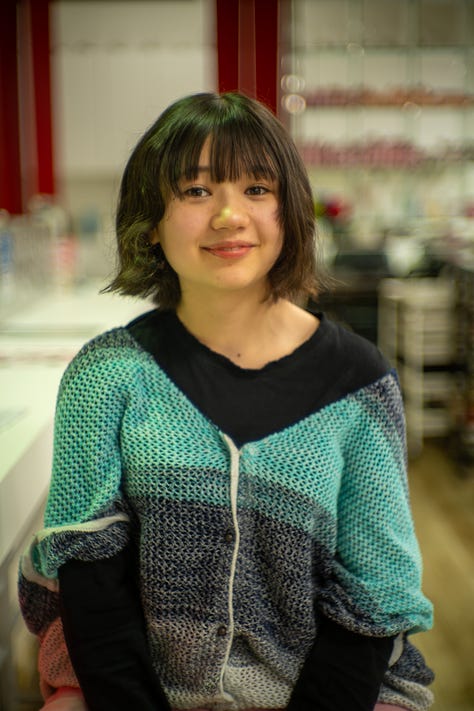
The lens is a beautiful piece of glass and metal. Manual focus, it is quite small but has a good weight to it thanks to the real glass, not plastic like today’s lens. The shallow depth of field and the beautiful “Bokeh”
From Wikipedia some info on what Bokeh is.
The term comes from the Japanese word boke (暈け/ボケ), which means "blur" or "haze", resulting in boke-aji (ボケ味), the "blur quality".
In photography, bokeh (/ˈboʊkə/ BOH-kə or /ˈboʊkeɪ/ BOH-kay;[1] Japanese: [boke]) is the aesthetic quality of the blur produced in out-of-focus parts of an image, caused by circles of confusion.[2][3][4] Bokeh has also been defined as "the way the lens renders out-of-focus points of light".
This shot above was taken at the widest aperture (1.4) providing a very narrow slice of focus. The shot below is my salt-and-pepper hair in the shape of a heart, which you probably did not need to see.
So why did I end up with this lens on my camera? I walked out of my house that morning with 3 items I thought I might be able to sell at the used camera shop. If I got enough cash for the items I planned to buy a small 50mm or maybe a 35mm pancake-style lens. Something for travel and everyday use and maybe a little street photography. All my lenses are big beasts made for professional photoshooting, they are heavy and obnoxious when pointed at someone’s face. So my mission was to downsize and one of the items I thought to sell was a Sony/Carl Ziess 50mm 1.8F lens. Now I have loved and used this lens a lot over the last few years, but it is heavy and big, and I put it in my bag to see what I could get for it.
When I spoke of my plan to the kind Mr. Nakamura at the camera shop his eyes lit up with a little spark of something. He set about pulling things off the shelves and lining them up on the desk in front of me. Adapters, secondary adapters, the above-mentioned lens, a hood and cap a protective glass filter, and more. He went into great detail to show me how good the lens was and what kind of shots I was going to get. His passion for the old lens and products was on full display. I got caught up in the excitement and immediately fell in love with this lens.
Long story made short. Mr. Nakamura offered me 66,000 yen for my used gear. The cost of the Nikkor lens was 66,000 yen. A perfect swap… but it gets better. He threw in all the extras, the adapters lens cap, and hood for free. I don’t know if I got the better deal or if he did with my sale items, but we both seemed pretty happy and satisfied.
For me, it was a pleasure to be taught about a new option to add to my photography toolbox. I had no idea that kind of lens could be used with my modern Sony digital camera. I never would have made that discovery unless he took the time to explain it to me. So I am grateful for that.
Plus I was yearning for something different. I had grown a little tired of the crystal clear sharp-as-a-tack images my gear produces. I was longing for more analog, slightly rough around the edges images and I think I found it with this piece of equipment.
I grew up shooting film and I often feel the need to start shooting film again, but when I do I get a heart attack when I pay for the film and developing costs. So now I may have found a new balance that will keep me happy for a while. A classic analog piece of glass on my high-tech digital sensor. Photos that look like they came out of a 35mm film camera without the DPE costs.
So thanks to Mr. Nakamura for setting me off on a new path. Without his gentle push in the right direction, I would have been locked into the modern marketing machine that says the new thing is always the best. Quick autofocus and a lightweight plastic product, yes spend your money on this new thing…
Right now I am sitting in the San Francisco airport and the camera and lens are in my bag waiting to be used. This is the first trip I have even taken with only one camera set up. I usually always travel with a variety of lens choices, but this time I said NO. Only this one. Sometimes less choice is better! Let me see if I can keep things simple and the quality high. You can tell me what you think of the photos!




